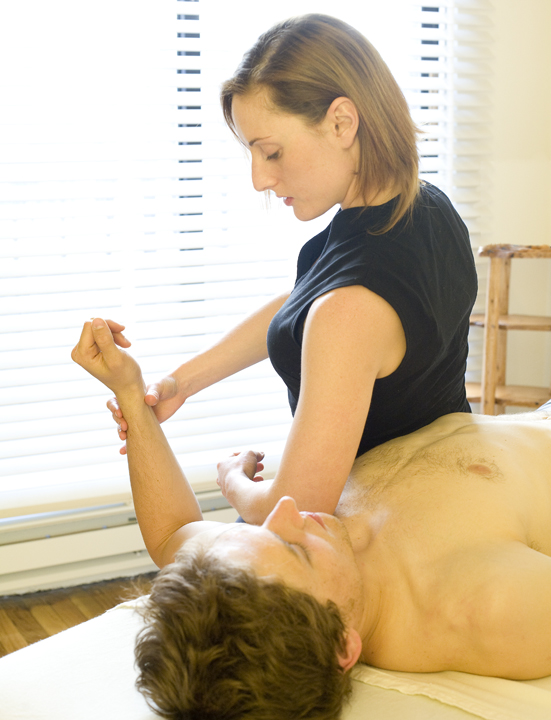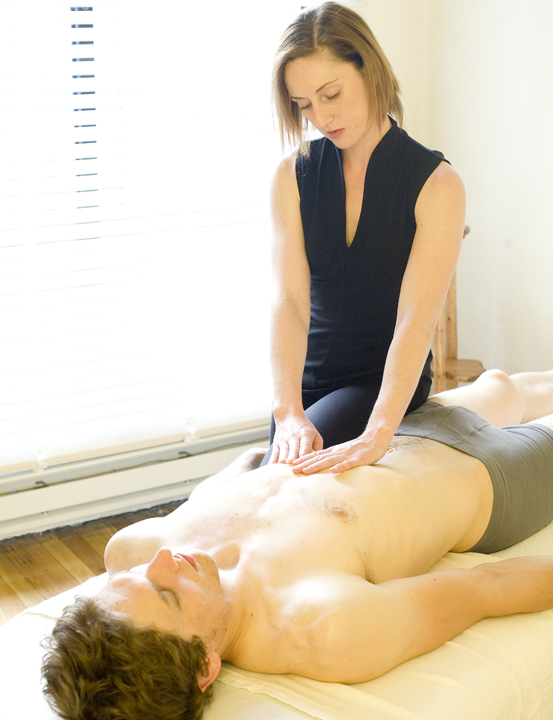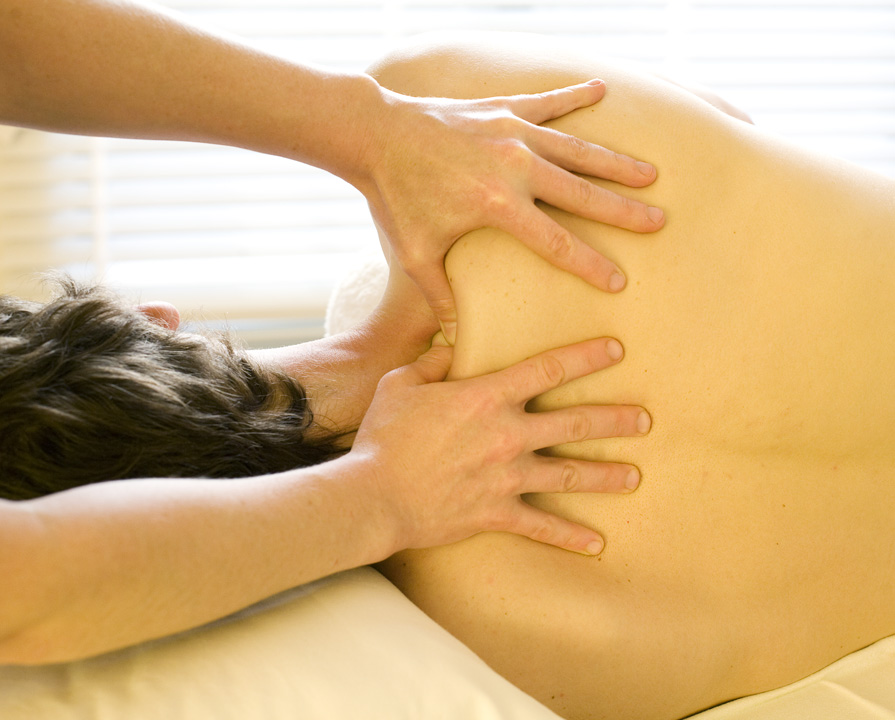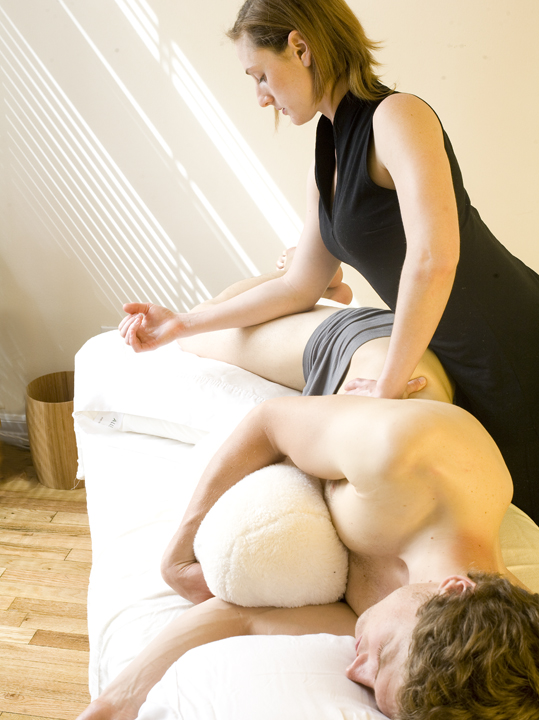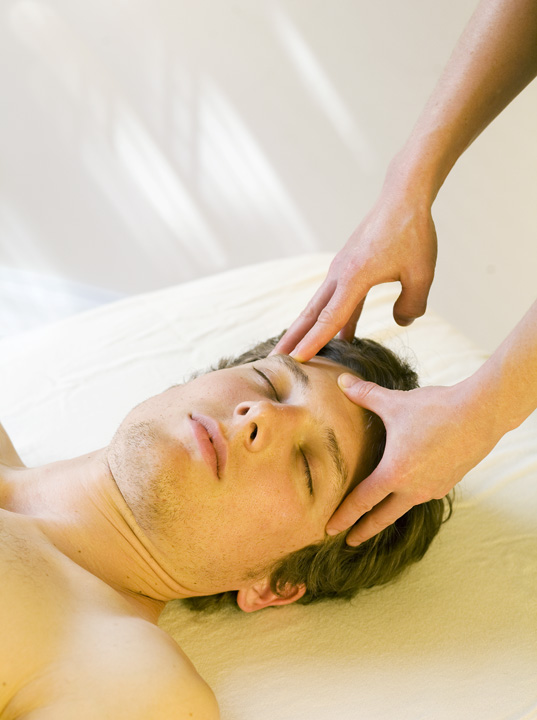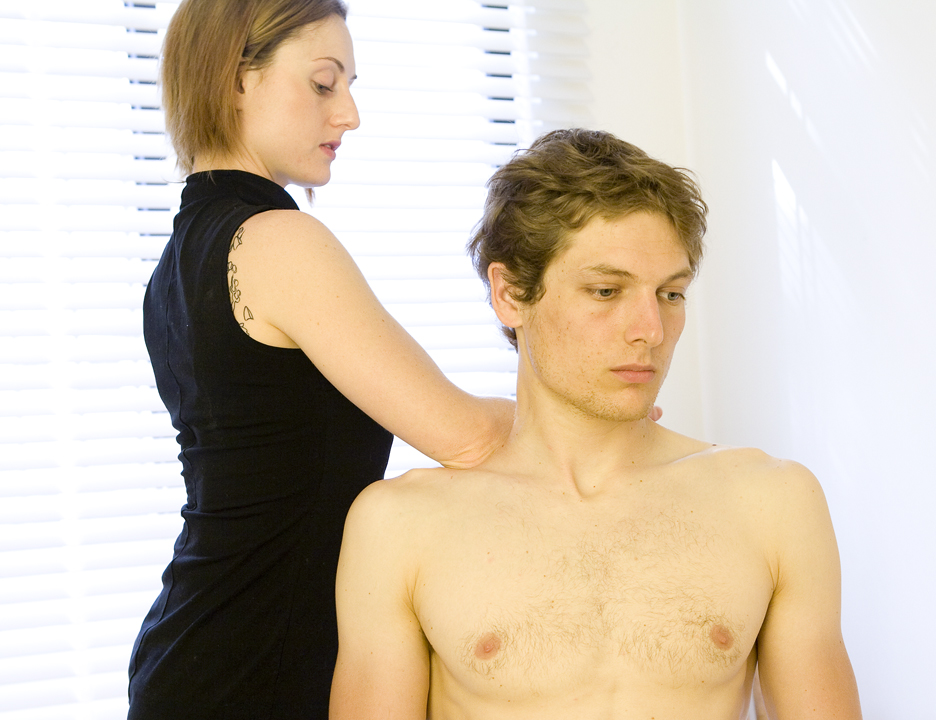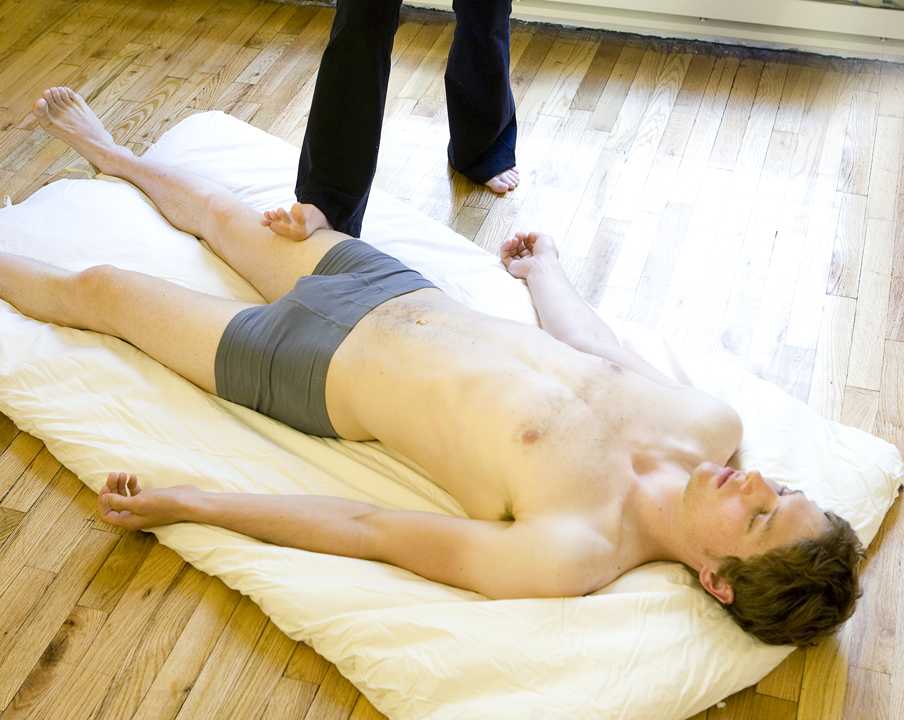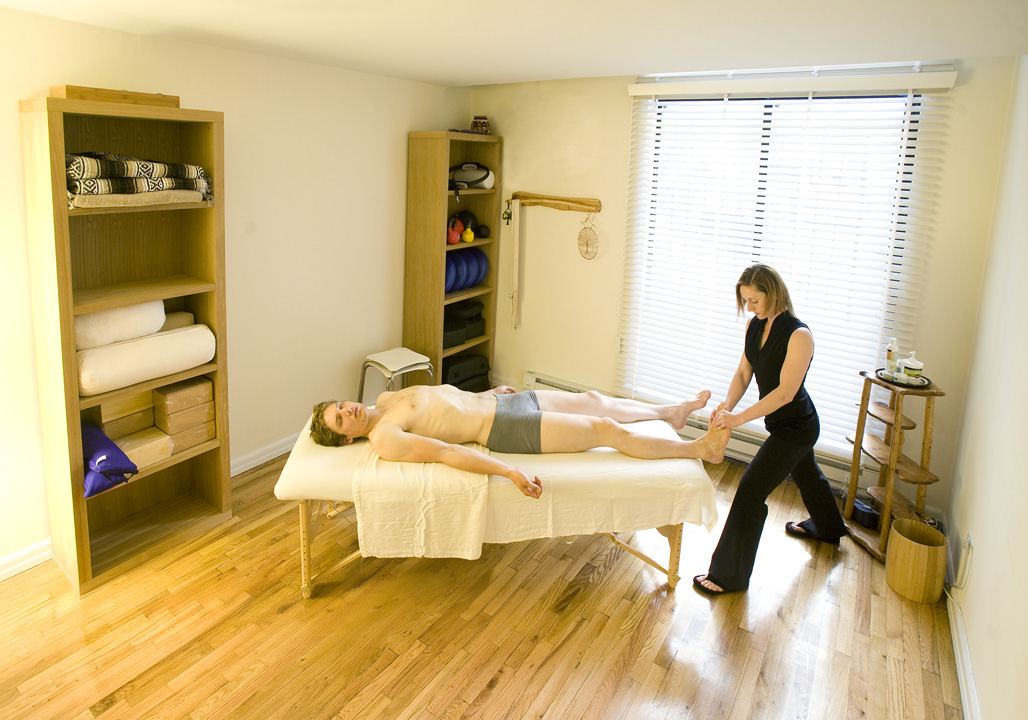bodywork
Structural Integration is a type of therapeutic bodywork; hands-on physical manipulation of the fascia* to re-educate the body and establish more balanced patterns of movement. As a result, the body can function more efficiently.
*Fascia- A sheet or band of fibrous connective tissue that wraps all the structures of the body creating a continuous network of tissue. Fascia envelops, separates, and binds together muscles, organs, and other soft structures of the body. If you were to remove all the other systems of the body and only left the fascia, all the structural dimensions of the individual would be seen.
Gravity takes a toll on misaligned bodies. As life-long patterns of tension and bracing, as well as injury or chronic tension pull the body out of balance, gravity and repetitive movement or long held awkward moments, such as sitting at a desk, further the imbalance. Structural integration releases these aberrant patterns. With movement education, new and more effective patterns can emerge. In other words, an imbalanced energy system expends more energy. A balanced energy system conserves energy. Who wouldn’t want to use less energy and have more to spare?
In addition to the physical changes, often clients express positive changes in other areas of their life, such as their emotions and outlook. Addressing the physical body has far reaching effects for overall health. For example, allowing more ease in the structure can effect the viscera. An effect could be better digestion of food. Every person is different of course, but posture doesn’t end with what can be seen from the outside. It effects all aspects of who we are.
sessions
Focused Therapeutic Work
A session focused on a particular physical issue, especially helpful for acute pain. Often pain is a result of an overall body pattern which may not be resolved in one session. However, an initial session can focus on alleviating the current pain and getting the body out of the alarm state.
Athletic Performance Efficiency
Anywhere from 1 to a series of sessions designed specifically to address your performance.
Work induced posture and Injury
Anywhere from 1 to a series of sessions designed to address the strains and stressed caused from the work environment.
Whole Body Balance
Whole Body Balance is a comprehensive approach to integrating the entire body. A series of 10-13 sessions is recommended, creating the cumulative effect of an overall more balanced structure and ease of movement. Each session is focused on particular goals and areas of the body. However, no two sessions are alike. The Individual’s needs are what ultimately define the session. The first seven to ten sessions address strain patterns, while the last few reintegrate and align the body. One should feel more put together and an overall sense of ease.
Mini Series
For the body crusader who can not commit to a whole series up front, a mini series of 3-5 sessions can be created to address the particular needs of the individual. We work together to plan the right course of action for you.
Advanced Series
After a basic series (10-13 sessions) has been completed, many clients return 6 months to a year later to continue the changes and delve deeper into the process.
Tune-ups
Tune ups provide an ongoing way to mitigate the damaging effects of stress, enhance performance, and to support a wide variety of personal growth practices. In other words, this session is intended to keep the body on the right path. These sessions can happen after a basic series, advanced series or anytime to maintain your health and keep moving!
Reasons to begin this journey?
Often clients come because of a specific pain, a tightness that effects flexibility, or impaired motion. Other reasons such as increased athletic performance, appearance enhanced by better posture, personal growth, or maintenance through age, are also common. All ages benefit. It is never too late and even more true, never too early. Addressing the injuries no matter how minor they are early in life will prevent chronic issues later in life. Stand taller and move more gracefully.
How is Structural Bodywork different from massage, how does it feel, and what are the effects?
Like massage, structural bodywork manipulates the soft tissue of the body. However, more specifically, as a structural worker, I affect the facia that wraps all the muscles and organs, thereby changing posture. Prior to beginning, I assess the whole body in movement and stillness. Based on the assessment, I decide how to reach the goals of the session. Wholistic in nature, Structural work has the goal of order and balance in gravity. Often what hurts is not the cause of the pain itself. Instead I look for what is not supporting the body and how to create overall integration. Often the result is progress in less time with longer lasting results.
Together we work to find a comfortable range of sensation. These sensations can vary from mild to strong and range from pleasurable warmth to momentary discomfort. Intense sensations occur for a few reasons. Often areas of the body are contacted that are unfamiliar and the tension itself can be palpably painful from inflammation or spasms. However, these sensations do not last. At the end of the session the body will feel more fluid, light, and balanced. Clients feel a palpable release of tension and tightness.
What to expect at the first session
The first session is always a minimum of 1 and a half hours, during which a client history is taken, including past surgeries, accidents, and injuries. Also during the first session, a little extra time is taken to assess overall postural and movement patterns.
Sessions thereafter
Sessions are 1 hour and 15 mins. Each session begins and ends with a few minutes of movement assessments. The session itself is performed on the table, although sometimes the floor is used for certain adjustments. Sometimes the client is asked to make small movements to enhance the work. Breathing is also often cued. All sessions end with neck and back work. Finally, a sacral hold integrates the nervous system. I liken it to the savanna or corpse pose of this work, if you are more familiar with yoga. Draping is not emphasized. The client will be in their underwear and asked to move in different positions depending on the areas worked. Pillows and bolsters are used to create comfort and stability in whatever posture is held (side-lying, on the back, seated, or on the stomach, although this is more rare).
